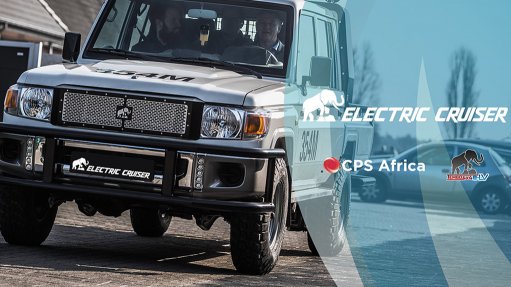
The challenges for the modern mining industry are clear: reducing health and safety risks in numerous mining sites, while gravely decreasing gaseous emissions - diesel particles in particular.
The use of diesel powered vehicles in the mining industry is rapidly decreasing, and now there is a safer and cleaner solution available: the Electric Cruiser developed by Tembo 4x4 e-LV based in the Netherlands.
More cost-effective and easier to replace, the fully electric powered vehicle has caught the innovative eye of mining specialists around the world.
The Electric Cruiser is based on the Toyota Land Cruiser 70 series model. Without a doubt the most frequently used vehicle in its class for mining purposes.
100 km with one load
The Electric Cruiser is available as an all-wheel drive in several versions, all based on the Toyota 70 series. The vehicle is equipped with a 110 kW electric motor with 250 Nm torque. The temperature-controlled, modular and exchangeable battery provides a range of 80 to 100 km in proven underground use.
The battery is designed for a long service life of at least 8,000 charging cycles (80 percent DoD) and charges from 20 to 80 percent in 1.5 hours. An external infrastructure is not required; a 22 kW charger sits on board. The Electric Cruiser reaches a maximum speed of 80 km/h and can negotiate inclines of up to 45 degrees.
Reliable, solid, safe, low direct operating costs and substantially lower underground mining ventilation costs.
These are some of the key findings early adopters of the Electric Cruiser experienced in Australia, Canada, Germany, Ireland and Sweden.
As one of the market leaders in automotive distribution on the African continent, CPS Africa saw great potential for the Electric Cruiser and from now on, these innovative electric off-road light duty vehicles are an essential part of their product portfolio.
Strategically located in Antwerp, Belgium - CPS Africa can guarantee fast and reliable deliveries, being in proximity of the second busiest container port in Europe.
It goes without saying that this (r)evolution means a considerable step forward for the mining industry and for the African continent.